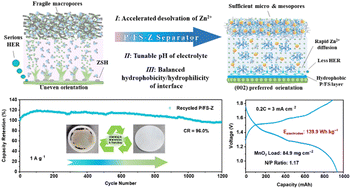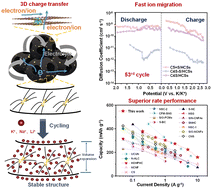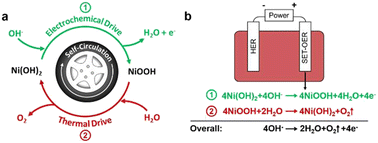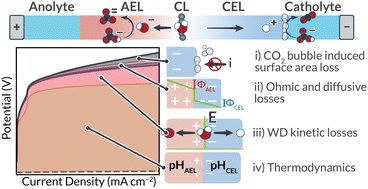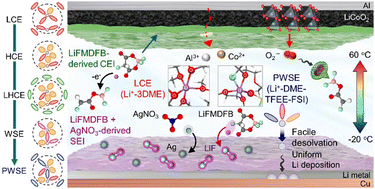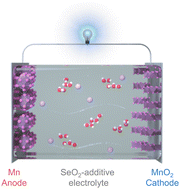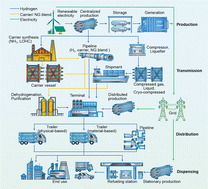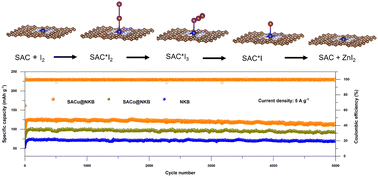Energy Environ. Sci., 2023, 16,4432-4441
DOI: 10.1039/D3EE01575K, Paper
DOI: 10.1039/D3EE01575K, Paper
Lingbo Yao, Gege Wang, Feifan Zhang, Xiaowei Chi, Yu Liu
A recyclable P/FS-Z inorganic/organic hybrid separator with a unique regulation capability of hydrophilicity and hydrophobicity is designed for the first time for aqueous zinc metal batteries.
The content of this RSS Feed (c) The Royal Society of Chemistry
A recyclable P/FS-Z inorganic/organic hybrid separator with a unique regulation capability of hydrophilicity and hydrophobicity is designed for the first time for aqueous zinc metal batteries.
The content of this RSS Feed (c) The Royal Society of Chemistry

